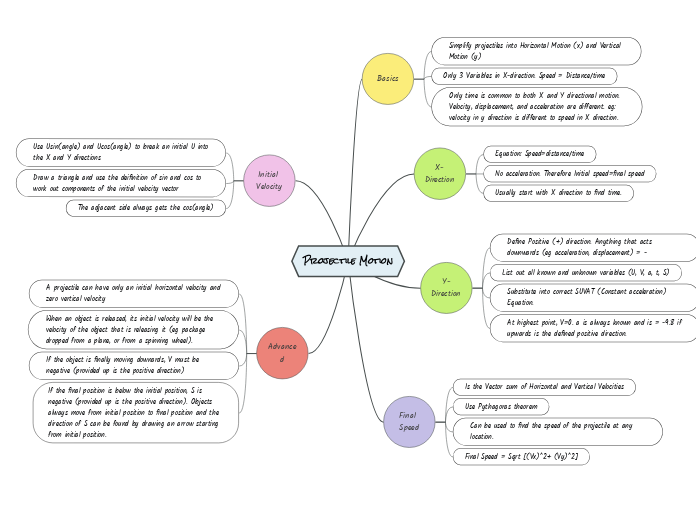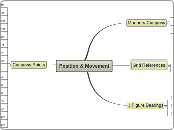by Dhananjana Weeraratne 1 year ago
179
Projectile Motion
When analyzing projectile motion, it is crucial to understand the relationship between initial and final velocities and positions. The initial velocity of a projectile is influenced by the velocity of the object releasing it.









